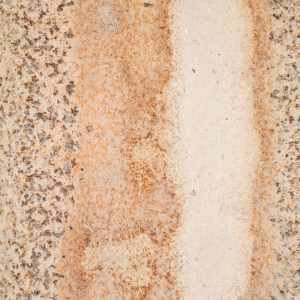Zinc phosphate is a key ingredient in many paints used for protecting metal surfaces. Its primary function is to prevent corrosion, ensuring that metal structures remain strong and durable over time. In the paint and ink industry, zinc phosphate is highly valued for its effectiveness in providing long-lasting protection.
Corrosion is a major issue for metal surfaces, especially those exposed to harsh environmental conditions like moisture, salt, and industrial pollutants. When metal corrodes, it weakens and can lead to structural failures. This is where zinc phosphate comes in. When added to paint, zinc phosphate acts as a corrosion inhibitor, forming a protective layer that shields the metal from the elements.
One of the main advantages of zinc phosphate in paints is its ability to create a strong barrier against moisture. Moisture is a leading cause of rust, and by preventing water from reaching the metal surface, zinc phosphate helps to keep the metal intact. This is particularly important for outdoor structures like bridges, ships, and pipelines, which are constantly exposed to wet conditions.
Zinc phosphate also helps in enhancing the adhesion of paint to metal surfaces. Good adhesion is crucial for paint durability, as it prevents the paint from peeling or flaking off. The better the paint adheres to the surface, the more effective it is in providing protection. Zinc phosphate promotes strong bonding between the paint and the metal, ensuring that the protective coating remains in place for a longer period.
Another significant benefit of zinc phosphate is its versatility. It can be used in a variety of paint formulations, including primers, which are the first layer of paint applied to a surface. Primers containing zinc phosphate prepare the metal surface for the subsequent layers of paint, enhancing their overall effectiveness. This ensures a comprehensive protective system that extends the lifespan of the painted structure.
The use of zinc phosphate in paint is not limited to just preventing corrosion. It also improves the overall appearance and finish of the paint. Paints containing zinc phosphate provide a smooth and even coating, which is essential for both aesthetic and functional reasons. A smooth finish not only looks better but also provides more consistent protection, as there are no weak spots where corrosion can start.
In addition to its protective properties, zinc phosphate is also known for its safety and environmental benefits. Unlike some other corrosion inhibitors that contain harmful heavy metals, zinc phosphate is non-toxic and environmentally friendly. This makes it a preferred choice for manufacturers looking to produce safe and sustainable paint products.
In the ink industry, although less common, zinc phosphate can also be used to enhance the durability of inks applied to metal surfaces. For example, in packaging materials where metal cans or containers are used, inks with zinc phosphate can help ensure that the printed information remains legible and intact, even under harsh conditions.
Zinc phosphate is a crucial component in paints designed for long-lasting protection of metal surfaces. Its ability to prevent corrosion, enhance paint adhesion, and provide a smooth finish makes it an invaluable additive in the paint and ink industry.
By forming a strong barrier against moisture and environmental elements, zinc phosphate ensures that metal structures remain durable and aesthetically pleasing for longer periods. Its non-toxic and environmentally friendly nature further adds to its appeal, making it a preferred choice for high-quality, protective paint formulations.







Leave a Reply